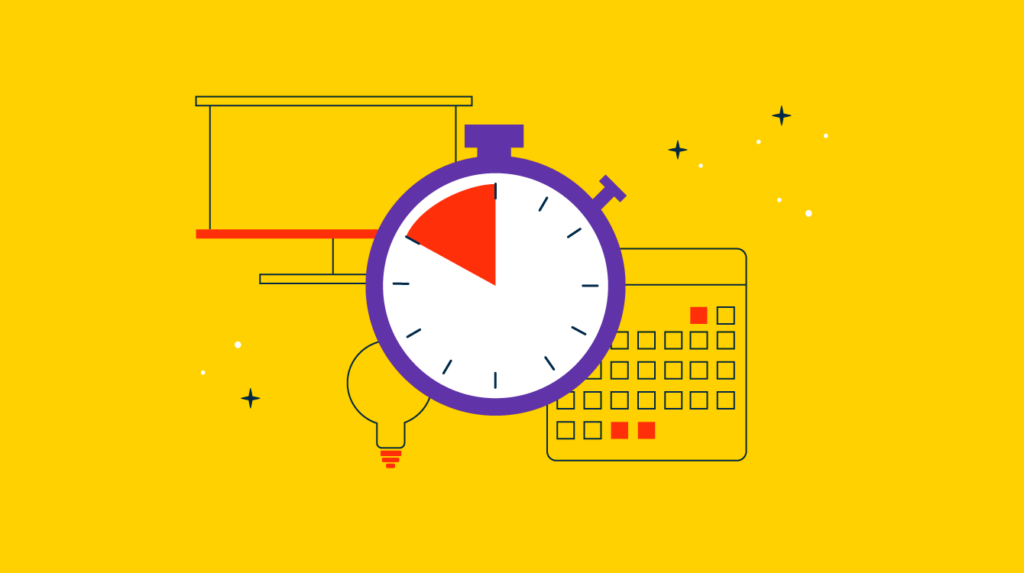Small Business budgeting – yes it’s worth it!
Article by Jane Tweedy, Business Advisor, Western Sydney Business Centre
Small business budgeting is often overlooked by small business owners, because it’s perceived as too hard or unnecessary. Too hard can be obvious – if you’re doing something new or different how do you know if it will take off or not? Therefore what numbers should you assign? Others don’t see the point, as they’re ‘just’ funding the business anyway, and it’s not a big cost. Regardless if you spend a little or a lot to set up a business, you should be allowing for getting repaid.
Set-up costs
In the digital and service age we live in, some businesses are relatively cheap to set-up. However, once we start incurring all the real costs, those costs can become more sizable and we really need to consider how we will be repaid.
Anything we buy for the business, should ultimately be covered by the business. Therefore whether we spend $2000 or $200,000 in set-up costs, we should be looking to amortise the expense over a fair time in the business. In fact the ATO do govern some, and may say you can deduct a start-up cost immediately or deduct it over up to ten years, or for small business use the Simplified Depreciation Rules. Please note for this part is strongly recommended you seek the advice of a trusted accountant. Also note if you buy an asset for joint business and personal use, you can’t claim the personal use as a deductible business expense.
This means apart from ongoing fixed and variable costs that work into pricing, so should these set-up costs (and their down the track replacement if required).
Fixed or overhead costs
These are costs incurred whether you sell a single item in your business. For instance, insurance will be paid regardless of any sale, as will the cost to run a website. However some costs will have a fixed and a variable component. Even insurance is typically based on tiers (iCare Workers Compensation is in part based in the salary paid), and therefore if you make more sales, or have more staff, you may end up paying additional costs. Likewise in a website, if you chose to use Shopify you’d pay a base fee plus a percentage per sale.
Variable costs
These are the costs incurred per sale. The more sales the more cost to your business. They could be dollar value driven or per unit sold.
Setting up your budget or cashflow forecast
As some costs may be incurred weekly, monthly or annually we suggest setting up your cashflow forecast on a monthly basis. This makes you aware, you need funds ahead of time to pay for those annual expenses (or be prepared to personally fund them temporarily). Note a budget may be a smoother look at your expenditure (allocate out even the annual costs by month), whereas a cashflow forecast is when the money is physically received in or spent. If you pay GST, exclude your GST receipts, as they are not your income.
Your accounting system may have budgeting functionality built in, but for the rest of us spreadsheets are the way to go. Simple spreadsheets are available from your advisor or business.gov.au.
Sales
Start with your sales, and break down into different types of sales. You don’t need to go down to hundreds of separate line items but rather stick to categories for this purpose. E.g. may be membership sales, workshop sales, car parts, disposables, book sales … Set up your sheet to allow you to enter changes easily – for instance have units and average price to get to the sales number. This allows you to change one or both to adjust your forecasts.
Much business is derived from word of mouth. Unless you’ve managed to create a viral marketing campaign, it’s unlikely on day one you’ll get much traction or attention, and certainly no word of mouth. Therefore in your first month, and in many cases first years, your expenses will be massive compared to your sales.
Over time as the word of mouth kicks in and you retain happy customers, your sales should start organically improving. Therefore in your budgeting allow for this increase. Planning monthly allows you to adjust numbers for seasonal issues like holidays.
Expenses
You have three types of internal expenses – the start-up costs you’re allocating out over time, the fixed costs and the variable costs, plus taxes.
For the start-up and fixed costs you may choose to smoothly allocate over time. For instance if your insurance is $1200 per annum you can factor in a single $1200 cost in a cashflow statement, but in your budgeting you may work out you need to make $100 per month just to cover your insurance costs.
Factor in your start-up cost deductions and your fixed costs first, then set up formulas to calculate the variable costs linked to the dollar value of sales (for instance payment fees), or the units of sales (if it’s a unit(s) per item sold) as best suits.
Finally, apply taxes (company or personal income tax – remember ignore GST coming in), and make sure over time your business is making a profit.
Scenario analysis
Once you have a base set of numbers you’re happy with, then do two more versions of them. If possible do these formula driven so you don’t need to make manual changes to them. These are your best and worst cases scenarios. If your worst case is no sales, then your spreadsheets will show you how much cost you would outlay in a year. It would not show you the opportunity cost of you earning income elsewhere, and this should be a consideration for you. Some sole traders calculate personal expenses and apply as a line, so they can see how much short they are from business and personal living expenses.
Your best case may be when you’re at capacity (utilising your time or space), or be a stretch on your normal target. If you plan on adding staff or locations this is where you can also factor in adding them, and therefore scaling up again from a higher cost base. Even experienced people take time to get settled in the business and be fully productive.
Analyse the numbers and update
Creating the forecast is meaningless if you do nothing with it. As time progresses you can replace the forecast numbers with the actual numbers and tweak the coming months forecasts accordingly for slower or faster than expected sales. Are your prices set at the right levels to cover costs, taxes and profits? Next look at items in your expenses and see if there are savings to be had by changing supplier, or buying in bulk. Can salaries be cut by improving processes?
Business Connect
As you may have worked out, this is certainly not a topic that can be covered in an article or blog. Make an appointment to see your Business Connect advisor and we can check how you’re going with your forecasting. Once you think you’re sorted that would be a good time to meet with your accountant and really iron out any issues.
Western Sydney Business Centre, offers 4 hours business advice at NO COST with a NSW Government funded Business Connect Advisor. We can talk about any concerns with your business, and help you forecast a realistic business model, and make sure you’re doing the activities to make it happen. Please book here now!






